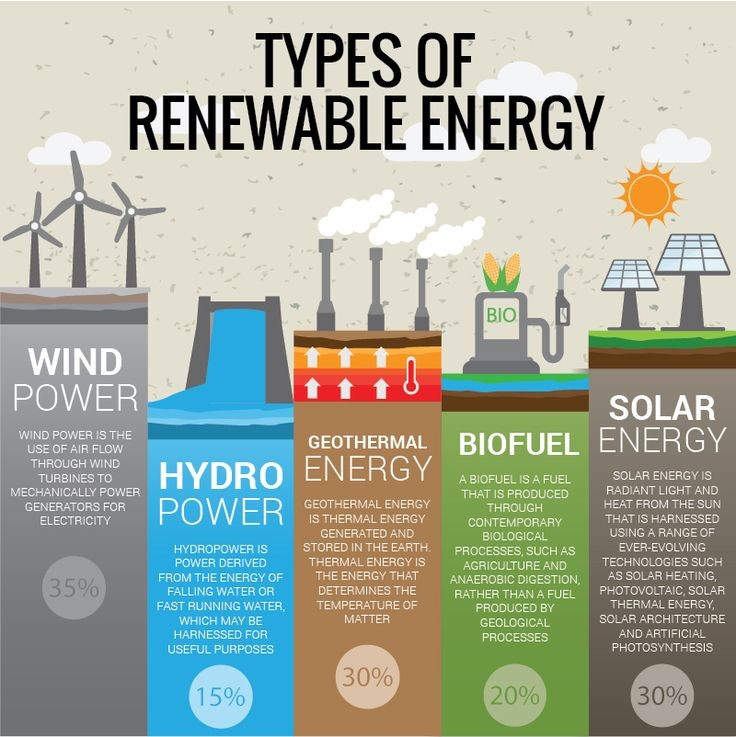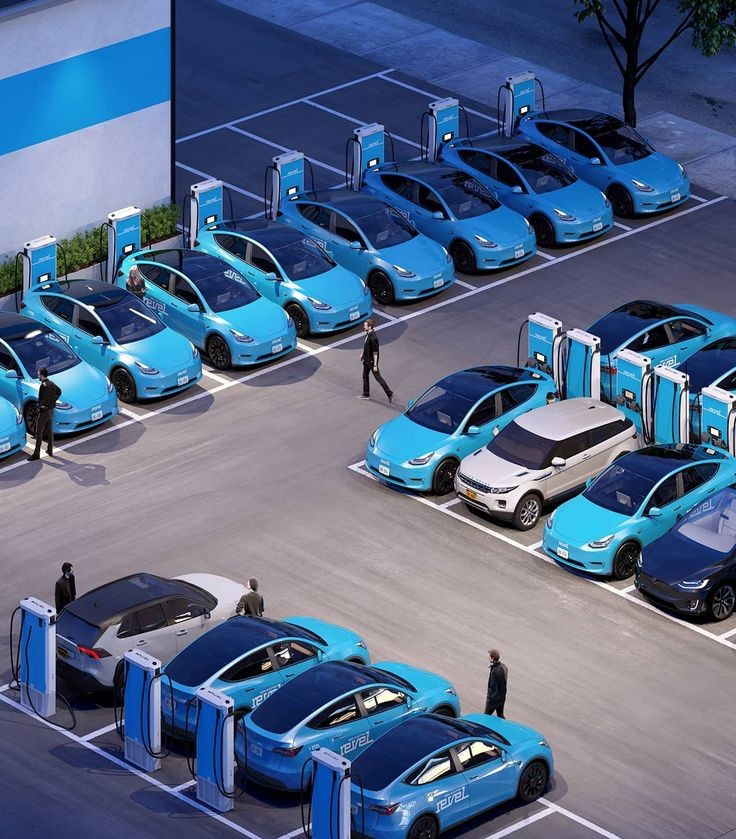The Salang Pass is a high mountain pass in Afghanistan that connects the capital city of Kabul with the northern provinces. The Salang Pass highway, also known as the Salang Tunnel road, is the main road that goes through the pass, and it is considered to be one of the most important highways in Afghanistan. The road was built by the Soviet Union in the 1960s and 1970s, and it has since undergone significant repairs and upgrades.
The Salang Pass highway is approximately 86 kilometers long and reaches an elevation of 3,400 meters above sea level at the Salang Pass. The road is known for its challenging conditions, particularly during the winter months when heavy snowfall can make driving treacherous. The Salang Tunnel, which is the longest tunnel in Afghanistan, runs through the center of the pass and is an important transportation link between northern and southern Afghanistan.
Despite its importance, the Salang Pass highway has been the site of several deadly accidents and avalanches over the years, including a major avalanche in 2010 that killed at least 170 people.






















